Real-Time Location System (RTLS) people tracking uses active tags (ID card, a wearable wristband, a lanyard badge, or even a smart helmet in construction, etc.) to monitor individuals’ locations in real-time. These tags emit wireless signals detected by fixed receivers (anchors) throughout a facility. By analyzing signal data, the system calculates precise location information, displayed on a digital interface.
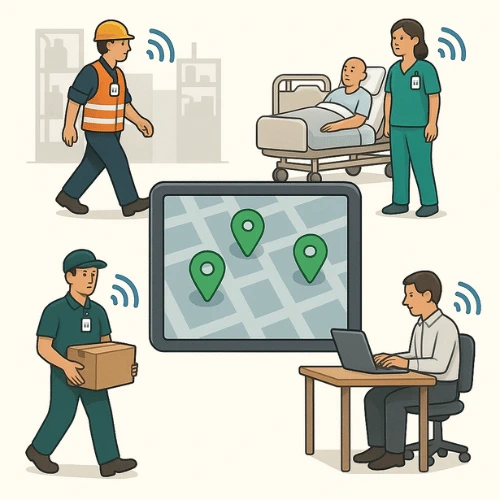
Real-Time Visibility: RTLS offers live location maps, providing instant insights into personnel movements. This visibility enhances decision-making for managers, security teams, and emergency responders, particularly in large facilities such as hospitals and campuses.
Improved Safety and Emergency Response: Real-time tracking boosts safety by ensuring workers’ whereabouts are known, particularly during emergencies like evacuations. Man-down alerts, panic buttons, and geofence alarms further enhance response times and prevent accidents.
Compliance and Security: RTLS automates compliance with regulations that require staff location tracking or restricted access. It ensures that security protocols are followed, logging entries into restricted zones and creating audit trails for reporting.
Operational Efficiency: By analyzing movement data, RTLS identifies workflow inefficiencies, such as excessive travel times or redundant tasks, which can be optimized for greater productivity.
Emergency Evacuation Management: RTLS simplifies evacuation by automatically counting personnel in safe zones during emergencies, eliminating manual roll calls and speeding up response times.
Data Analytics for Process Improvement: Tracking individuals over time provides data for analyzing movement patterns and operational processes, helping to identify bottlenecks and optimize performance.
High Accuracy: Modern RTLS systems offer precise positioning (typically within 30 cm to 1 m), ensuring accurate tracking for operational and safety purposes.
Real-Time Alerts: The system can be configured to automatically monitor movements and trigger alerts based on defined rules. For example, if an employee enters an off-limits area, a real-time alert can notify security. If a lone worker remains motionless beyond a time threshold (possible injury), the system raises a man-down alarm. These alerts can be delivered instantly via on-screen popups, text messages, emails, or even automated PA announcements, enabling immediate response to safety or security incidents.
Geofencing and Zone Control: RTLS platforms allow creation of virtual zones or geofences on the facility map. You can designate areas such as “high security zone,” “production floor A,” or “visitor allowed area.” The system then enforces rules when tags cross these boundaries. Geofencing features include entry/exit alerts (e.g., alert when a visitor strays into a restricted zone), automatic logging of time spent in certain areas (for compliance, like how long maintenance staff spent in a cleanroom), and even triggering connected systems (for instance, turning on exhaust fans when someone enters a hazardous chemical storage room). Zone-based tracking is also useful for attendance and mustering – e.g., define an emergency assembly area as a zone, and the system can count how many tagged people have entered that safe zone.
Historical Tracking and Playback: RTLS records and stores movement data, enabling historical analysis, incident investigation, and process optimization. Some systems allow playback of movements for training or emergency review.
System Integration: RTLS integrates with access control, HR systems, building management, and emergency response systems, enhancing overall workflow automation and coordination.
Data Security and Privacy: Advanced security features, such as encrypted communications, role-based access, and privacy modes, ensure compliance with data protection regulations and safeguard user privacy.
Scalability: RTLS systems can scale to track large numbers of tags across expansive areas. Systems allow flexible coverage adjustments and efficient management of network resources.
There are several technology options available to implement RTLS, each with its own strengths. The choice of technology influences accuracy, range, battery life, and cost. See our page on RTLS principles for an overview of common RTLS technologies used for people tracking.
RTLS helps in patient flow management (e.g., reducing wait times by quickly locating transport staff or wheelchairs), ensures infant security in maternity wards (alarms if a baby is moved to an unauthorized zone), and improves safety for staff (panic buttons for nurses in distress).
It also enhances asset utilization by coupling staff location with equipment tracking (so that, for instance, a nurse can quickly find the nearest infusion pump).
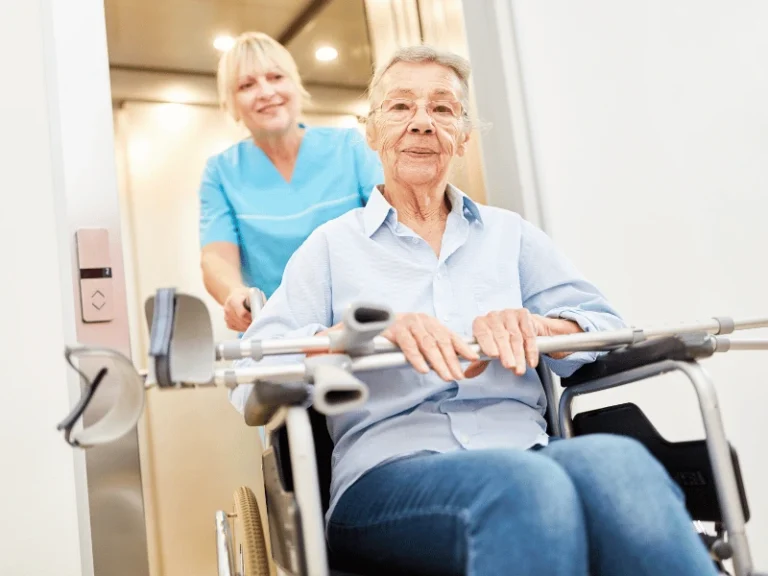
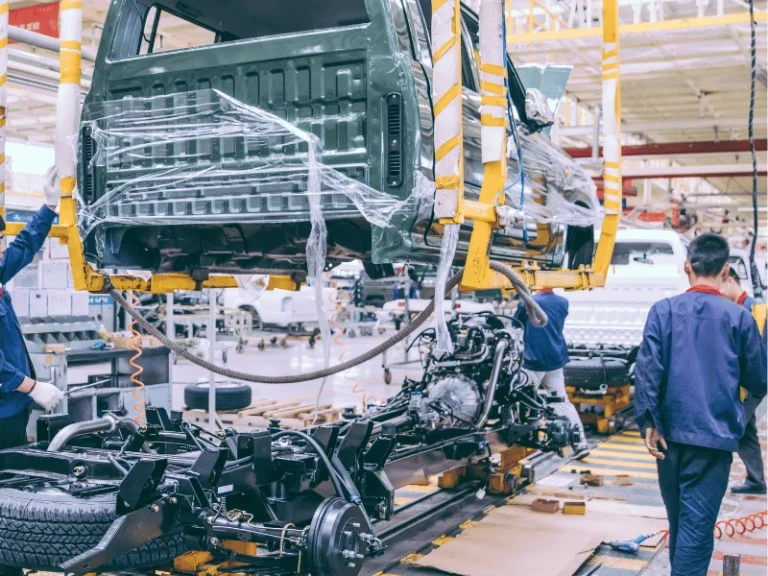
Factories, plants, and warehouses use RTLS to track workers on the shop floor. This helps with safety protocols (like geofencing hazardous machinery so it slows/shuts down if someone comes too close, or ensuring only certified personnel operate certain equipment).
It’s also used for optimizing workflows – e.g., analyzing how workers move on an assembly line to rearrange workstations more efficiently, or quickly locating a supervisor or technician when there’s a line stoppage.
In large warehouses, tracking pickers and inventory handlers can improve route planning and reduce congestion. RTLS also greatly speeds up emergency mustering in industrial sites with many employees and multiple buildings.
Construction sites and mines are hazardous, sprawling environments where knowing the location of every worker is vital for safety. RTLS tags embedded in helmets or safety vests help site managers prevent people from entering dangerous areas (with real-time alerts if someone gets too close to a blast zone or an excavation).
For emergency evacuations in a mine or high-rise construction project, RTLS provides immediate digital headcounts and pinpoints any missing workers’ last known location. It also assists in coordinating teams (e.g., find the nearest heavy machinery operator when needed).
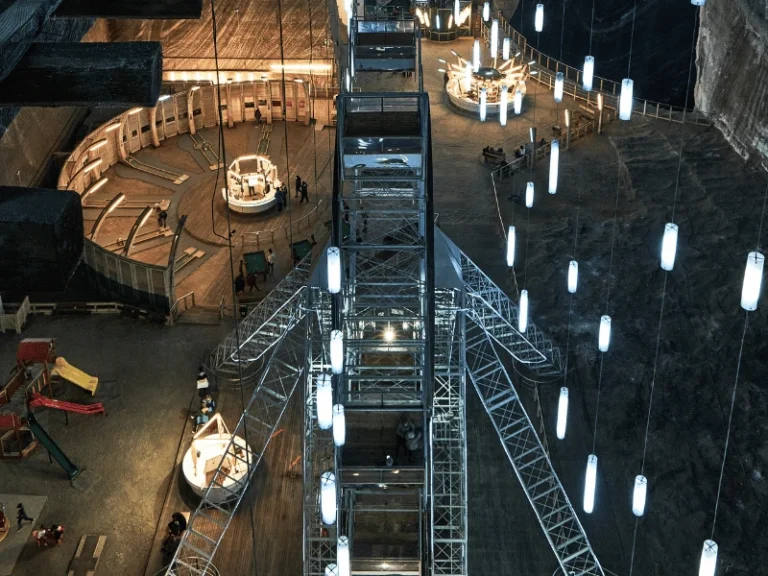
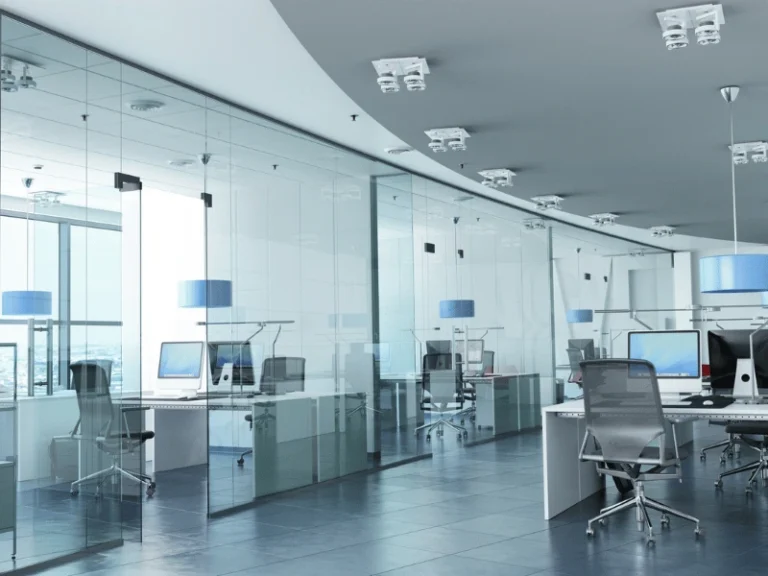
In large corporate campuses or smart office buildings, RTLS helps with everything from space utilization (tracking how employees use different zones or conference rooms) to security (ensuring only authorized people are in sensitive labs or data centers). During emergencies, facilities management can verify if all employees have exited.
Some smart offices use RTLS badges for convenience features like automatically logging in to a workstation when the employee arrives at their desk, or finding an available meeting room by seeing real-time occupancy. It contributes to a seamless, secure, and efficient office environment.
Workforce Optimization: RTLS eliminates time spent searching for personnel, improving productivity by up to 30%. Time savings lead to better utilization of labor and higher throughput without additional staffing costs.
Safety and Risk Mitigation: RTLS minimizes accidents and emergency response times, reducing healthcare costs, downtime, and insurance premiums. Enhanced safety protocols can lead to significant cost avoidance, such as preventing workplace injuries or avoiding regulatory fines.
Theft Prevention: Active tracking systems can reduce theft by monitoring access to secure areas. This minimizes asset loss, contributing to the system’s ROI by protecting valuable equipment.
Operational Insights for Cost Savings: RTLS data highlights inefficiencies, enabling process optimization. Identifying opportunities for reducing unnecessary movement or wait times translates into cost savings and improved throughput.
Faster Cycle Times: In environments like manufacturing or service operations, RTLS reduces delays and speeds up processes, contributing to higher service levels, increased customer satisfaction, and improved financial performance.
Quick Payback Period: RTLS often delivers rapid ROI by improving efficiency, reducing safety risks, and optimizing workflows. Real-world implementations report payback within 12 months, with long-term benefits continuing to accrue over time.
📍 We’re expanding our horizons! Stay tuned for upcoming product and service launches.📍
©2024 anyRTLS, All rights reserved.